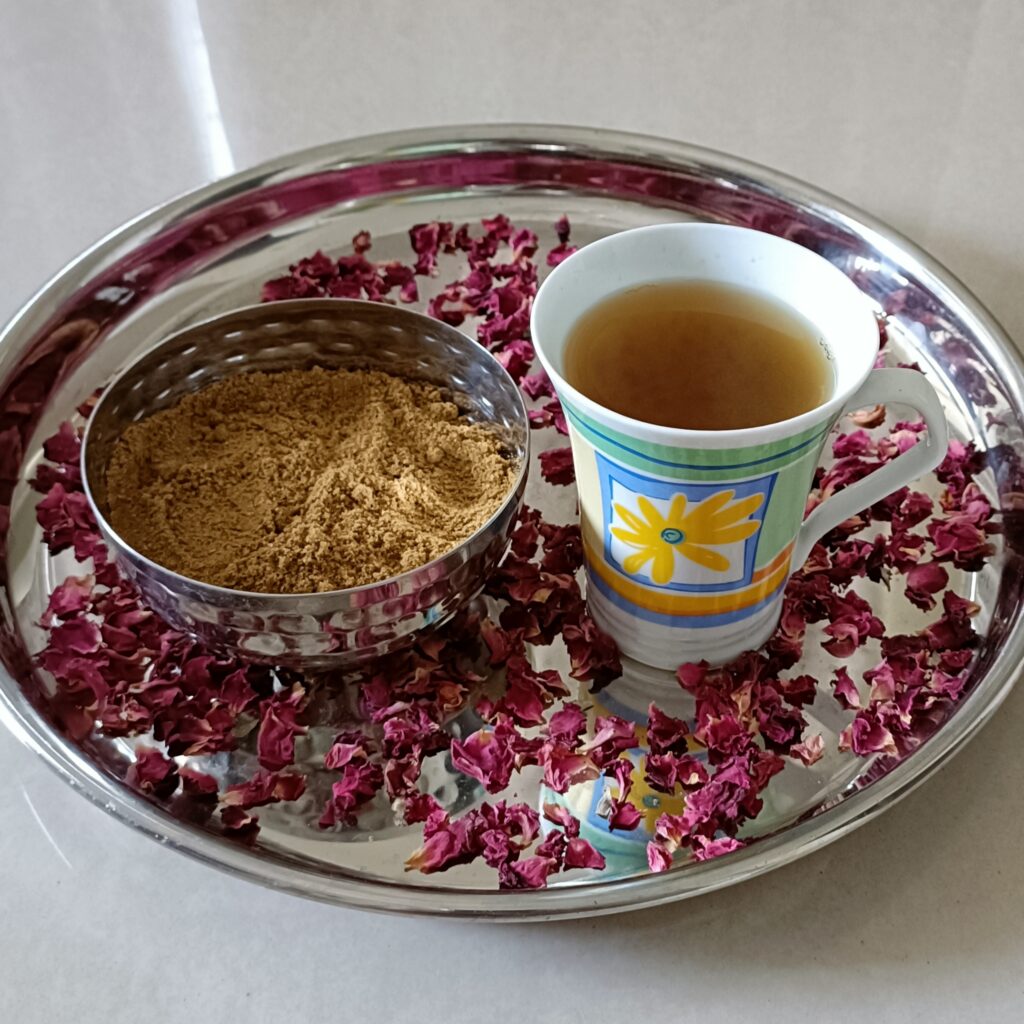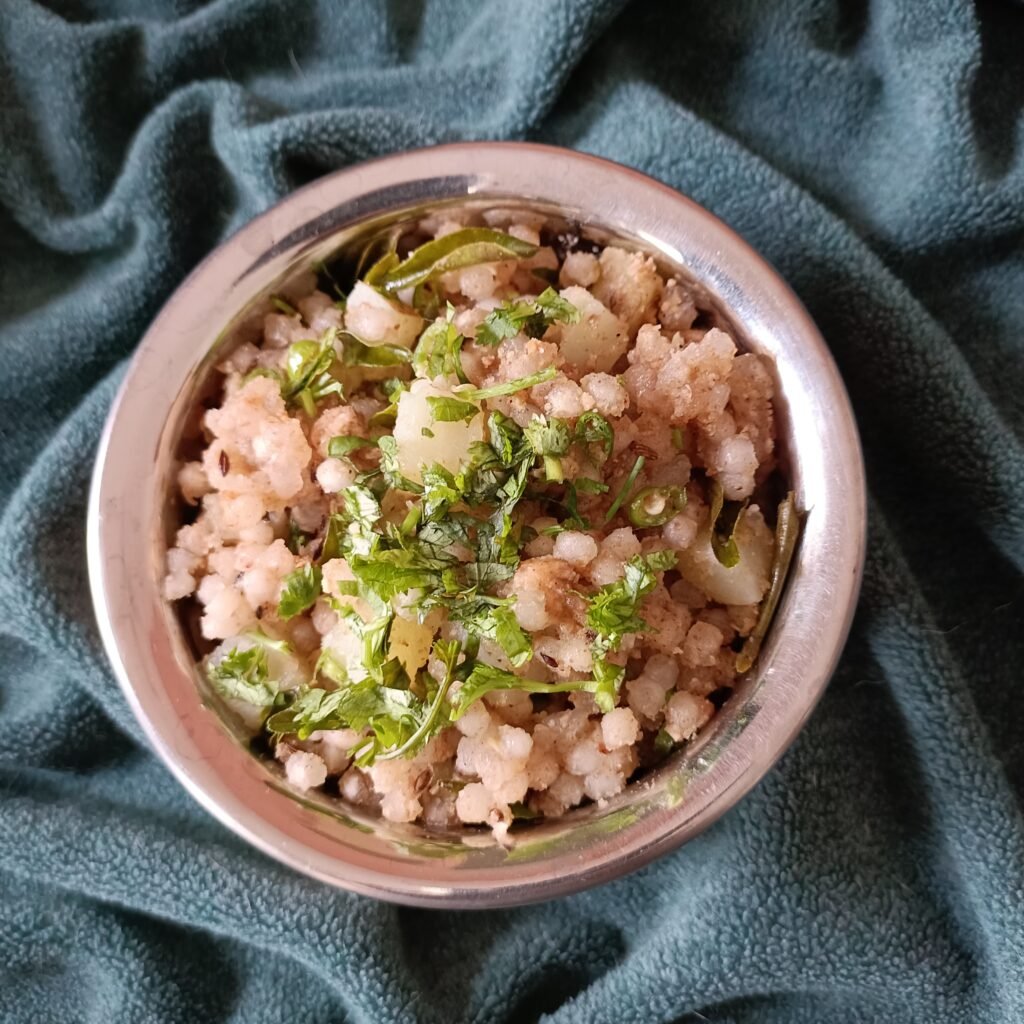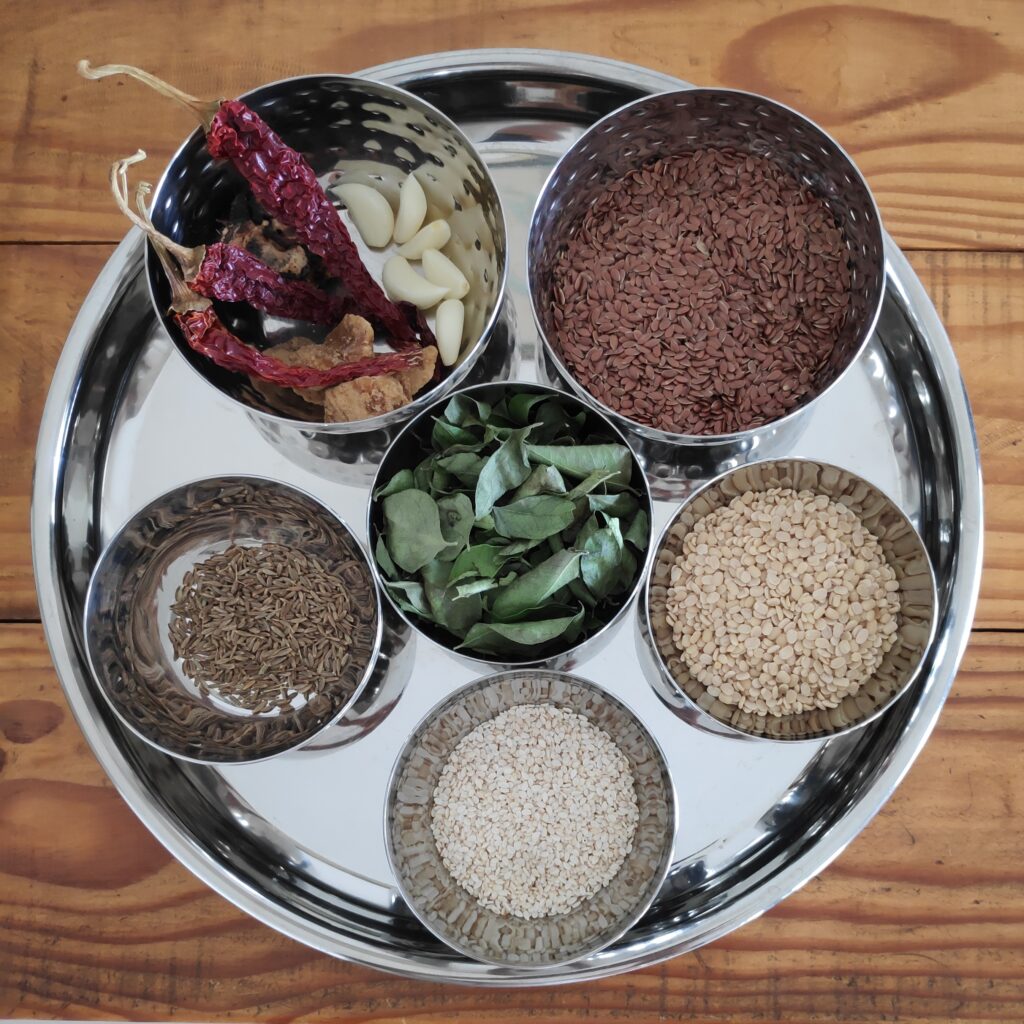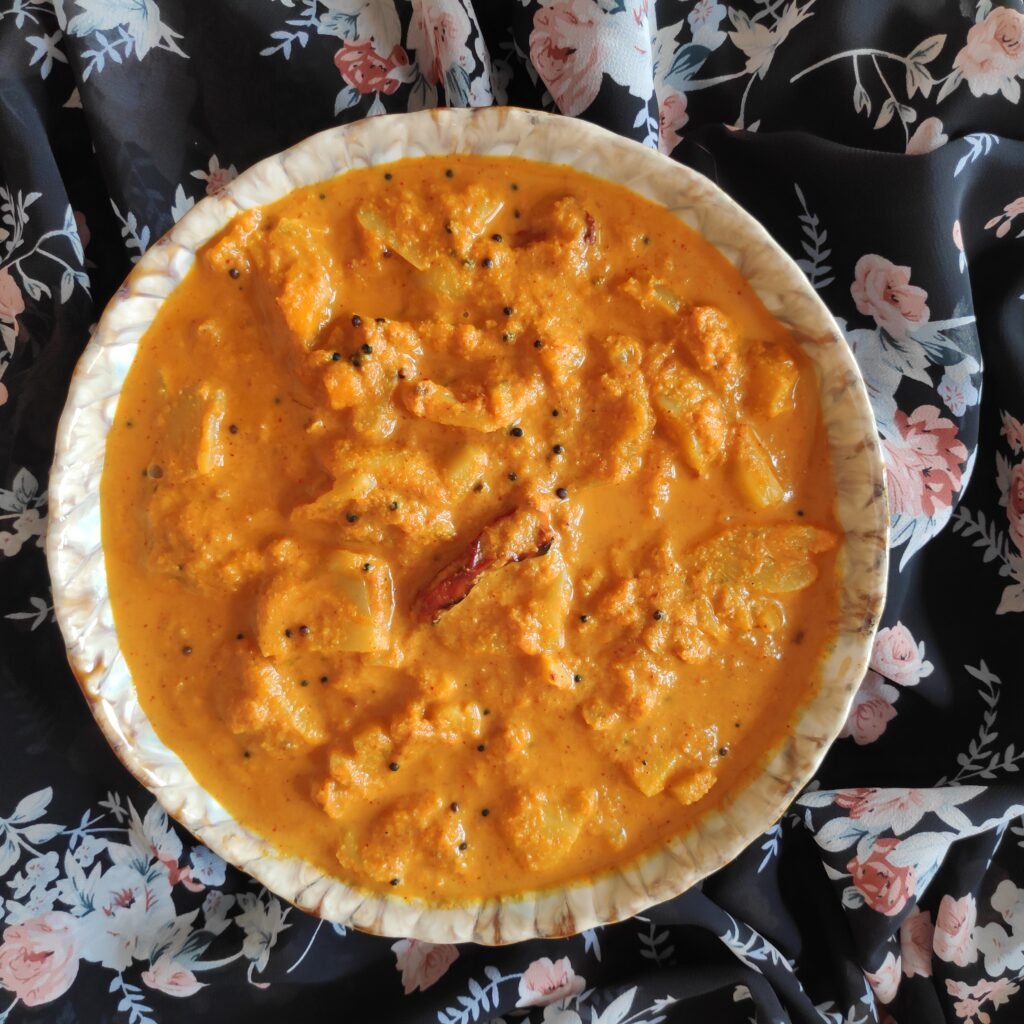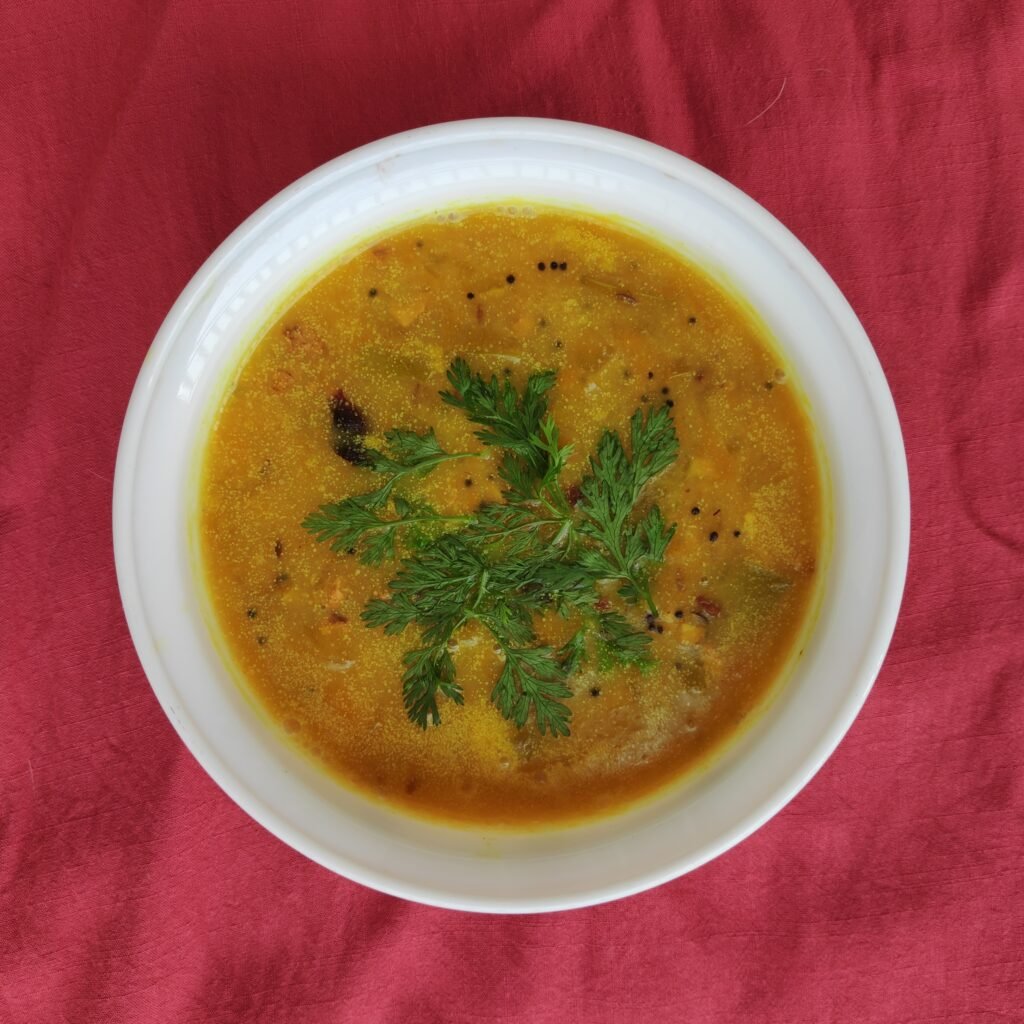
Haadgyachya Fulanchi Bhaji (Haadga or Heta Flower Sabji)
This is a wild flower that’s a delicacy in rural India and often flowers in the month of February and sometimes in August or September. It’s also known as Agastya or Agathi in Ayurveda and the botanical name is Sesbania grandiflora.
According to Ayurveda, it has many medicinal properties and the leaves of this tree have been used in traditional medicine since ancient times. The pod, young flowers and seeds are all edible and are popular in traditional cuisines especially in rural areas. The flowers and leaves are rich in vitamins and minerals and are said to have anti-inflammatory, analgesic and antipyretic effects. They are popular for their highly nutrient qualities, which include high protein and very high calcium content. Different parts of the tree are also said to contain properties that help treat diarrhoea, dysentery, night blindness, cataract, digestive disorders and even cancers.


